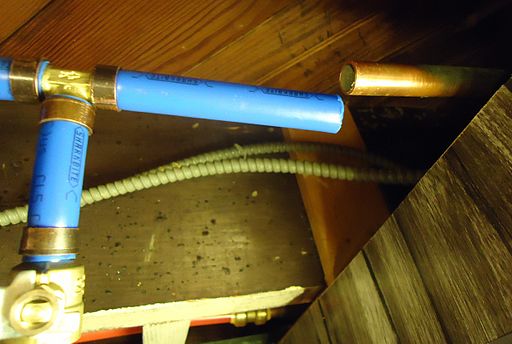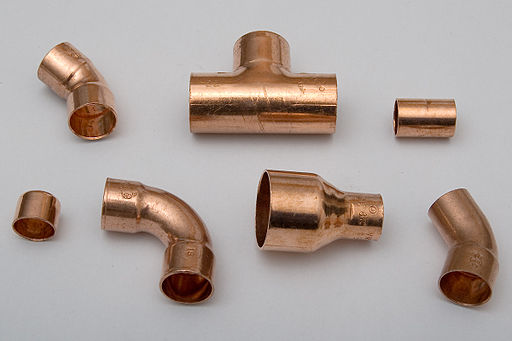Plumbing is an essential part of any home, and it’s important to know what type of plumbing you have in order to properly maintain it. Knowing what type of plumbing you have can help you determine the best way to fix any issues that may arise, as well as how to properly care for your system. In this blog post, we’ll discuss how to identify the type of plumbing you have in your home.
Identifying Your Plumbing System
The first step in determining what type of plumbing you have is to identify the system itself. There are two main types of plumbing systems: traditional and modern. Traditional systems use copper pipes and fittings, while modern systems use PVC or PEX piping. To determine which type of system you have, look at the pipes under your sink or in your basement. If they are copper pipes with fittings, then you likely have a traditional system; if they are PVC or PEX piping, then you likely have a modern system.
Inspecting Your Fixtures
Once you’ve identified the type of system you have, the next step is to inspect your fixtures. This will help you determine what kind of fixtures are installed in your home and how they connect to the plumbing system. For example, if you have a traditional system with copper pipes and fittings, then your fixtures may be connected with compression fittings or soldered joints. On the other hand, if you have a modern system with PVC or PEX piping, then your fixtures may be connected with push-fit connectors or crimp rings.
Checking for Leaks
Finally, it’s important to check for leaks in your plumbing system. Leaks can cause serious damage if left unchecked and can lead to costly repairs down the line. To check for leaks in a traditional system with copper pipes and fittings, look for signs of corrosion on the pipes or fittings; if there is corrosion present, then there may be a leak present as well. For modern systems with PVC or PEX piping, look for signs of water damage around the joints; if there is water damage present then there may be a leak present as well.
Knowing what type of plumbing you have is essential for proper maintenance and repair work on your home’s plumbing system. By following these steps – identifying your system, inspecting your fixtures and checking for leaks – you can easily determine what kind of plumbing setup is installed in your home so that you can take proper care of it going forward.


